Quality education aims to provide every child the opportunity to grow and develop a personality. It is inclusive and targets that every student has the optimum resources, instructors, and environment they need to be productive in life.
Table of Contents
Quality education is a mode of delivering excellent instruction, employing and granting access to efficient learning instruments, and creating supportive learning environments regardless of gender, colour, ethnicity, financial situation, or location. Quality education is a wholesome concept which focuses on overall development of learner without any discrimination.
What is Quality Education?
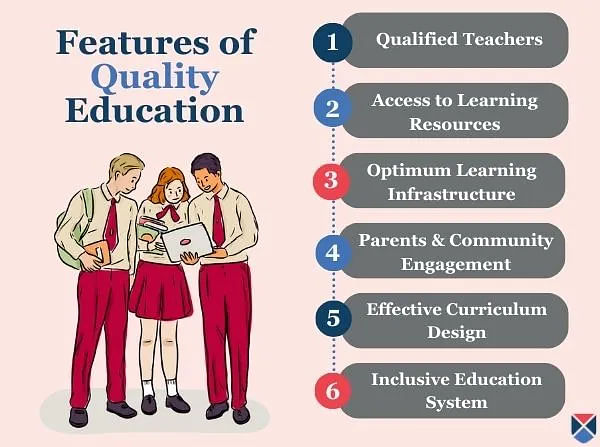
A quality education puts the students first and prepares them for life, not simply for tests. The student's psychological, physical, intellectual, and cognitive growth must be taken into consideration over the student's race, ethnicity, socioeconomic position, gender, and region.
- This indicates that a great education refers to more than simply the course material. It also refers to the teaching style and goals.
- Quality education is diverse and guarantees that every child has the tools, care, and attention they require to develop well.
- Students are given the freedom to dream about their futures and the resources to make those dreams come true as a result of receiving a high-quality education.
- Each component of the quality education ecosystem plays its part in the delivery of a high-quality education, which could be a parent assisting with schoolwork, a teacher providing a student their undivided attention, or a school leader setting the direction for their institution.
- Students who have access to high-quality education are better able to make a difference in their own lives, communities, and the wider world.
- The Sustainable Development Goal for high-quality education was first included in the UN's list of goals in 2012.
Also Check: Types of Education: Formal, Informal & Non-Formal
Importance of Quality Education
We are all aware of how technology is altering the way that education is provided. The ways in which pupils are taught have changed along with the ways in which they are educated.
- Education used to be more of a monologue in the past, but today's teachers encourage their pupils to keep the information flowing both ways in the classroom.
- The United Nations has identified numerous worldwide issues that, if left unattended, might develop into more significant issues.
- It has become essential to use an advanced method of teaching practices in order to promote leadership and the ability to influence the students.
- Information can now be accessed from every corner of the world thanks to technology. Even while offering a high-quality education requires significant effort to mold a student's personality, modern technologies have made access to the necessary materials quite easy for students.
- Students can enroll in online courses offered by educational institutions, benefit from online career counseling, and access a wealth of materials from free online libraries while seated thousands of miles away from those institutions.
Also Read: Modern Education System: Purpose, Benefits, Challenges
How to Measure Quality Education?
Ways to measure quality education are listed below to understand the core values of modern education system, which are ensuring access to competent instructors, facilitating the use of top-notch educational resources, and creating an environment that is encouraging and safe for learning.
1. Ensuring Access to Competent Instructors
Educational institutions can upskill teachers and give quality education to all learners by raising the standards for educators and conducting frequent training.
In order to ensure that both kids and teachers are receiving the support they require, it is crucial to access and prioritize school funds. This may call for greater resources.
2. Facilitating the Use of Top-Notch Educational Resources
Although educators can only keep an eye on some students round-the-clock, quality education is learner-centered, and here, technology can be very useful. Learners will be able to analyze themselves, solve difficulties, and find knowledge in areas in which they lack awareness by using useful resources like free online libraries and online counseling.
3. Creating an Environment that is Encouraging and Safe for Learning
All learners can listen, learn, and ask for assistance safely in a supportive environment. This can entail being objective and open to all students, giving all students the appropriate instruction, and ensuring that all students have access to the essential resources.
4. Gaining the Necessary Abilities for Financial Success
Students must learn the abilities and skills to manage their finances. Students must understand how relevant skills have changed the digital revolution and automation, as well as in response to changing societal norms, political realities, and the environment. Lack of assets or a poor return on assets are the causes of extreme poverty. Abilities, particularly technical and vocational abilities, are one of these assets.
5. Removing Discrimination in the Classroom
The right to an education is a fundamental one, and even today, a lot of them are excluded as a result of discrimination in some way. With over 129 million girls being denied access to a fundamental human right, education for girls is particularly at risk in this situation. Equality in education at all levels is a key component of quality education.
Also Read: Importance of Technology in Education in 2023
Components of Quality Education
The list of all the components of quality education is listed below, which contains teaching techniques and educators, resources for learning, educative environments, improvement of skills, and much more.
1. Teaching Techniques and the Educator
As mentioned earlier, the instructor is the most important component of a high-quality education. A teacher who is well-versed in the subject and has done significant research will be better able to control a classroom full of children.
A good teacher—one who adds value to the learning process—has been shown to help students achieve greater learning outcomes.
2. Resources for Learning
There are so many subjects that may be taught to children at a young age and that they find fascinating. Information on diverse subjects through quality podcasts, YouTube videos, books, blogs, and other sources can be useful.
3. Educative Environment
Is the learning environment healthy, secure, guarded, inspiring, and suitable for both genders is crucial. The type of students the school enrolls has a big impact on the child during the stage of development where imitation learning is most common.
4. Background Information and Relevance
This enables students to connect their personal experiences to the information being taught, which is one of the keys to maintaining student's attention in the teaching-learning process. It gives the course perspective and application to your life by relating the students' experiences to the mathematical concepts taught in class.
5. Improvement of Skills
The training and improvement of student's skills aid in their emotional development. Students will have a strong basis on which to build essential employment skills to excel in life and have better job opportunities.
6. Regard for Culture
The use of the mother tongue as the teaching language is one cultural topic that is frequently challenged in many countries. When a significant percentage of students in a country do not speak the local tongue at home, there are practical consequences for education.
Also Read: Different Types Of Educational Technology for Highly-Engaged Classroom
Goals of Quality Education
Following are the targets of quality education with reference to learners and are carefully listed below:
- The student will grow into a well-rounded young adult who recognizes and uses a holistic teaching approach. After all, children should not be just intelligent in terms of academics.
- The infrastructure, modern amenities, organizational setting, and human resources are all readily available to the student's comfort, making the environment conducive to learning. These components will help close the skills gap in the workplace.
- Teachers provide each student their undivided attention in order to support their complete development in several aspects, such as psychologically, emotionally, culturally, and biologically.
- It is essential to the growth of a tolerant and peaceful society because it enables people to live longer, healthier lives that are more sustainable.
- Outside of school, activities are thoughtfully arranged to improve abilities. Outdoor space is necessary for both social and athletic training.












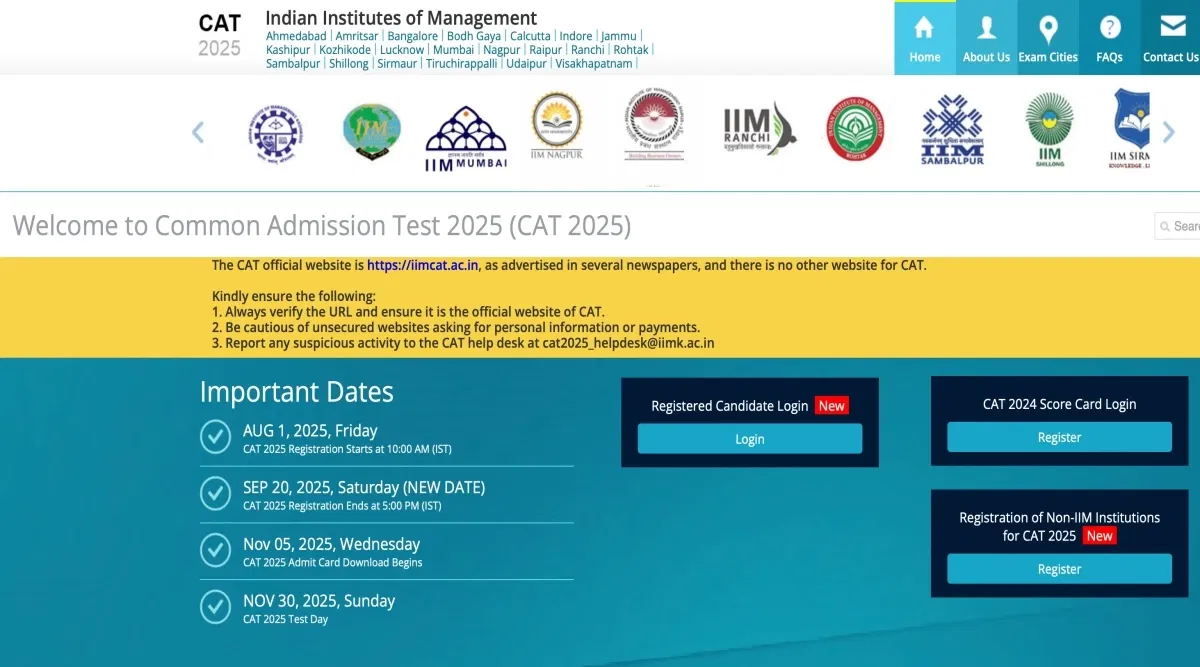





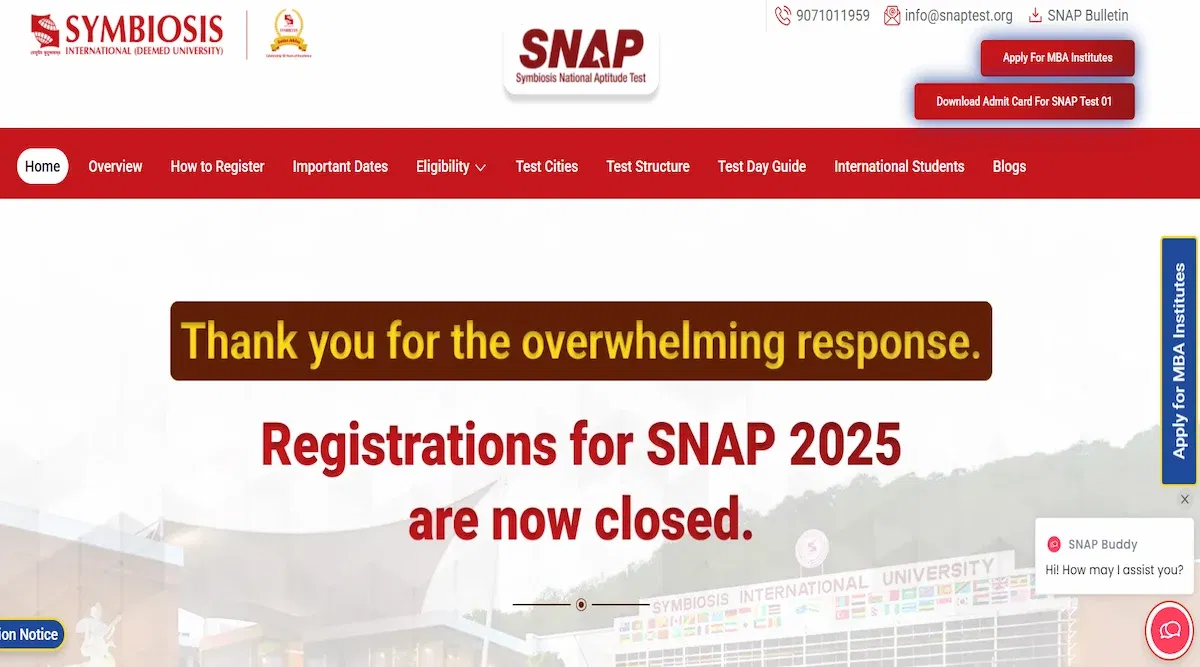
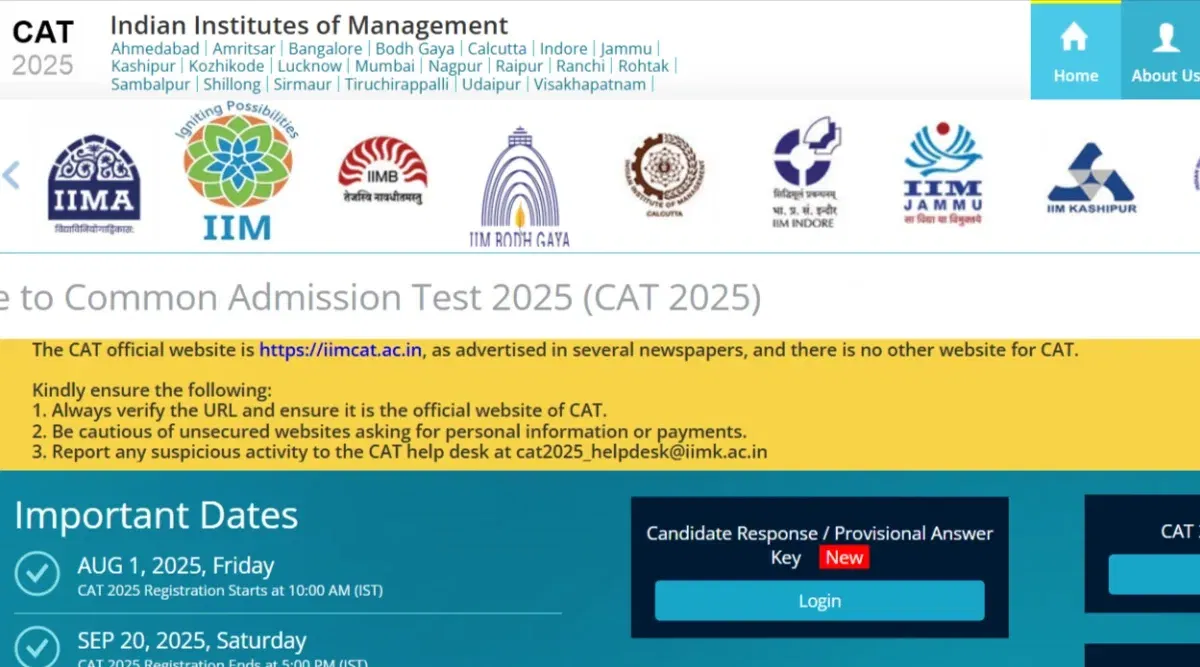
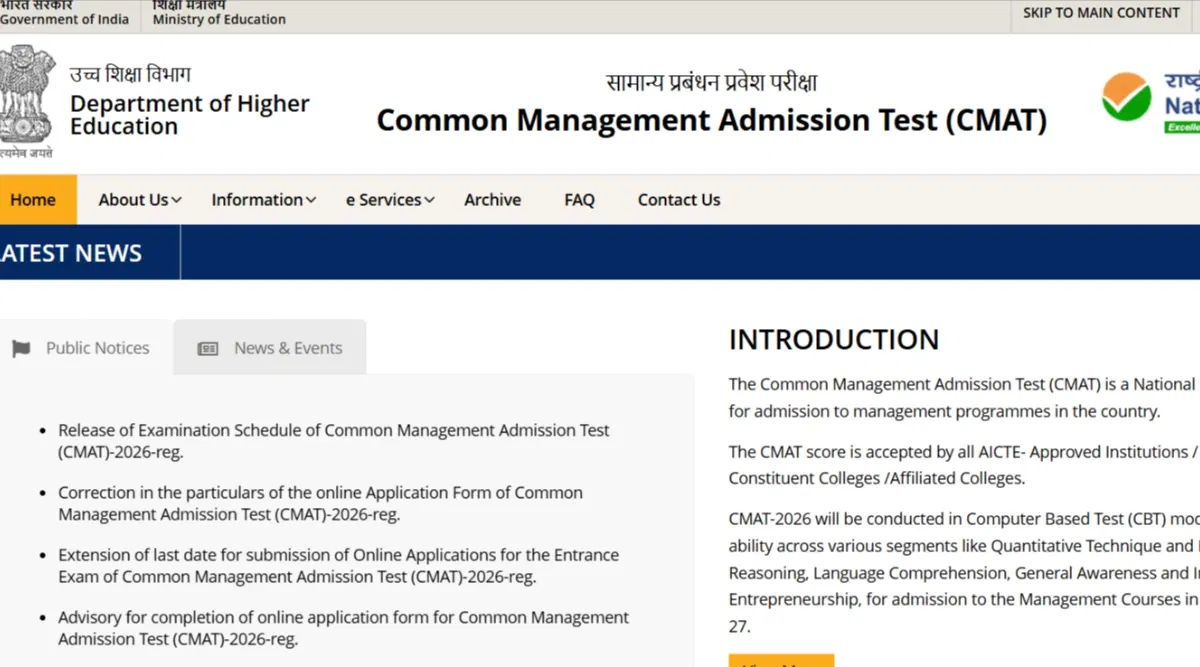


POST YOUR COMMENT